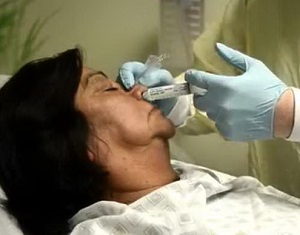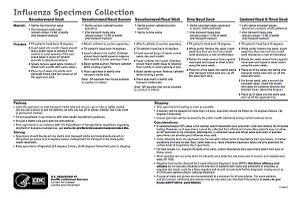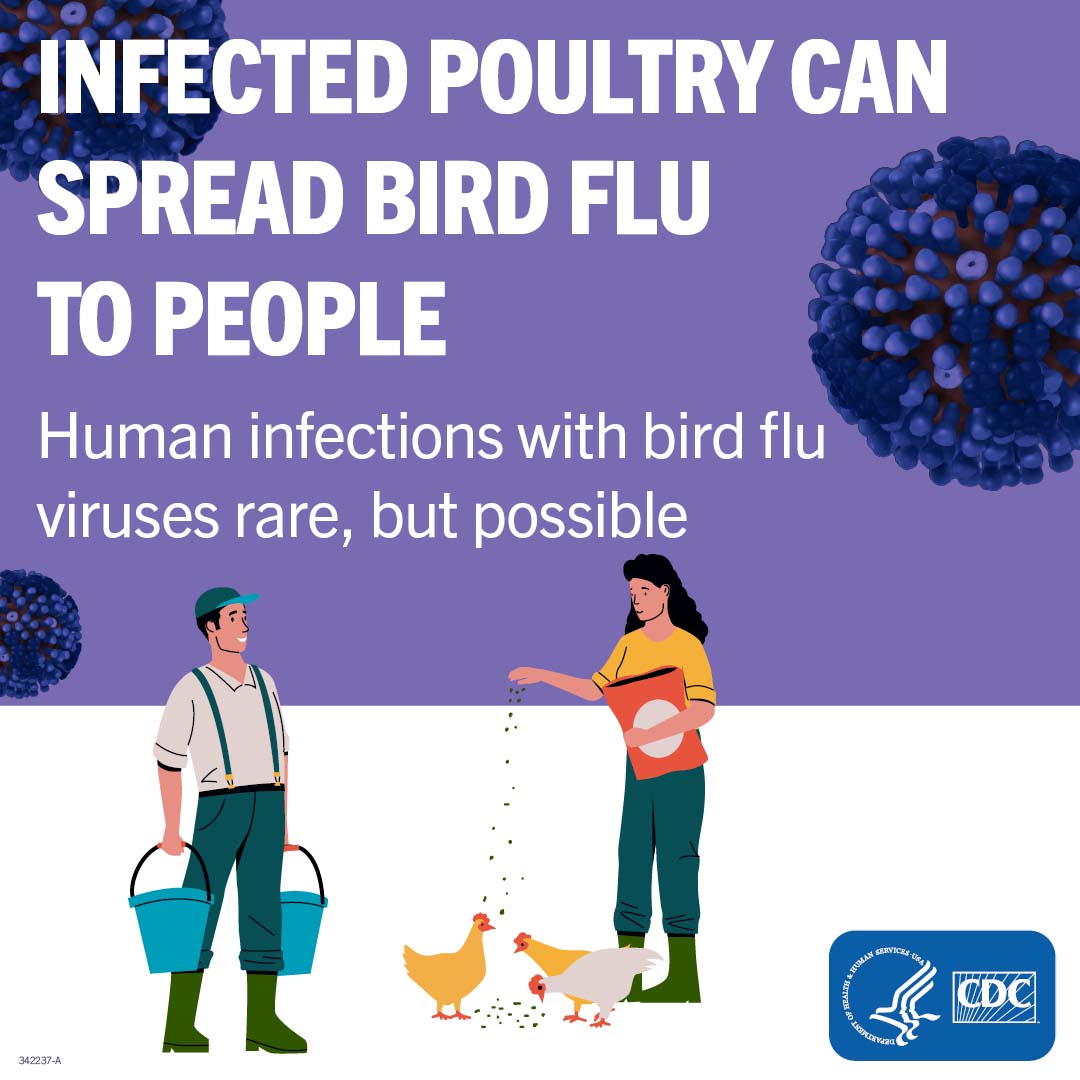Testing, Reporting & Lab Information
These documents provide guidance for clinicians and public health professionals in the United States on appropriate testing and specimen collection for patients who might be infected with avian influenza A viruses.
Guidance Documents
- Highly Pathogenic Avian Influenza A(H5N1) Virus in Animals: Interim Recommendations for Prevention, Monitoring, and Public Health Investigations
- Interim Guidance on Testing and Specimen Collection for Patients with Suspected Infection with Novel Influenza A Viruses with the Potential to Cause Severe Disease in Humans
- Diagnostics for Detecting H7N9 Using rRT-PCR


